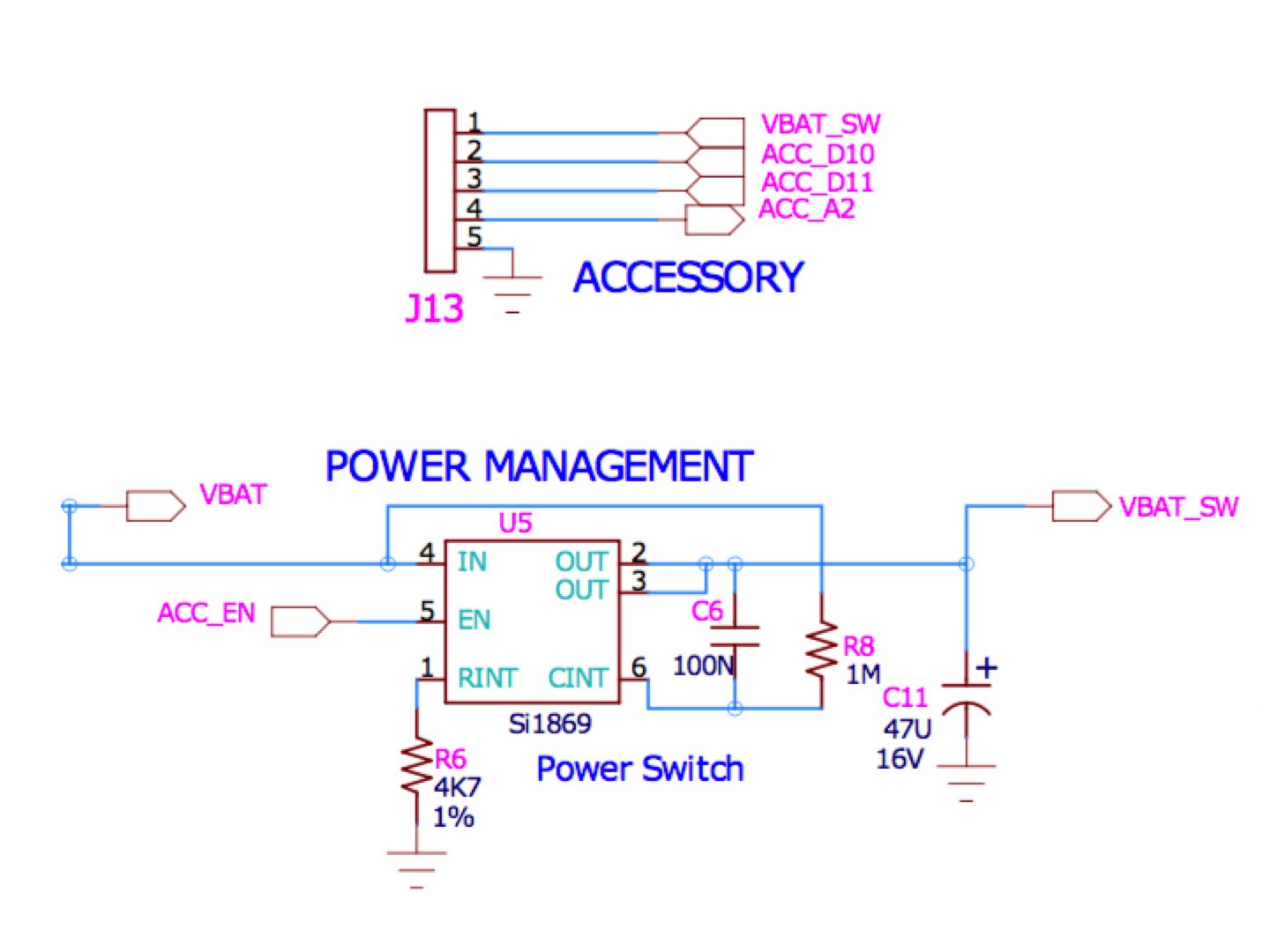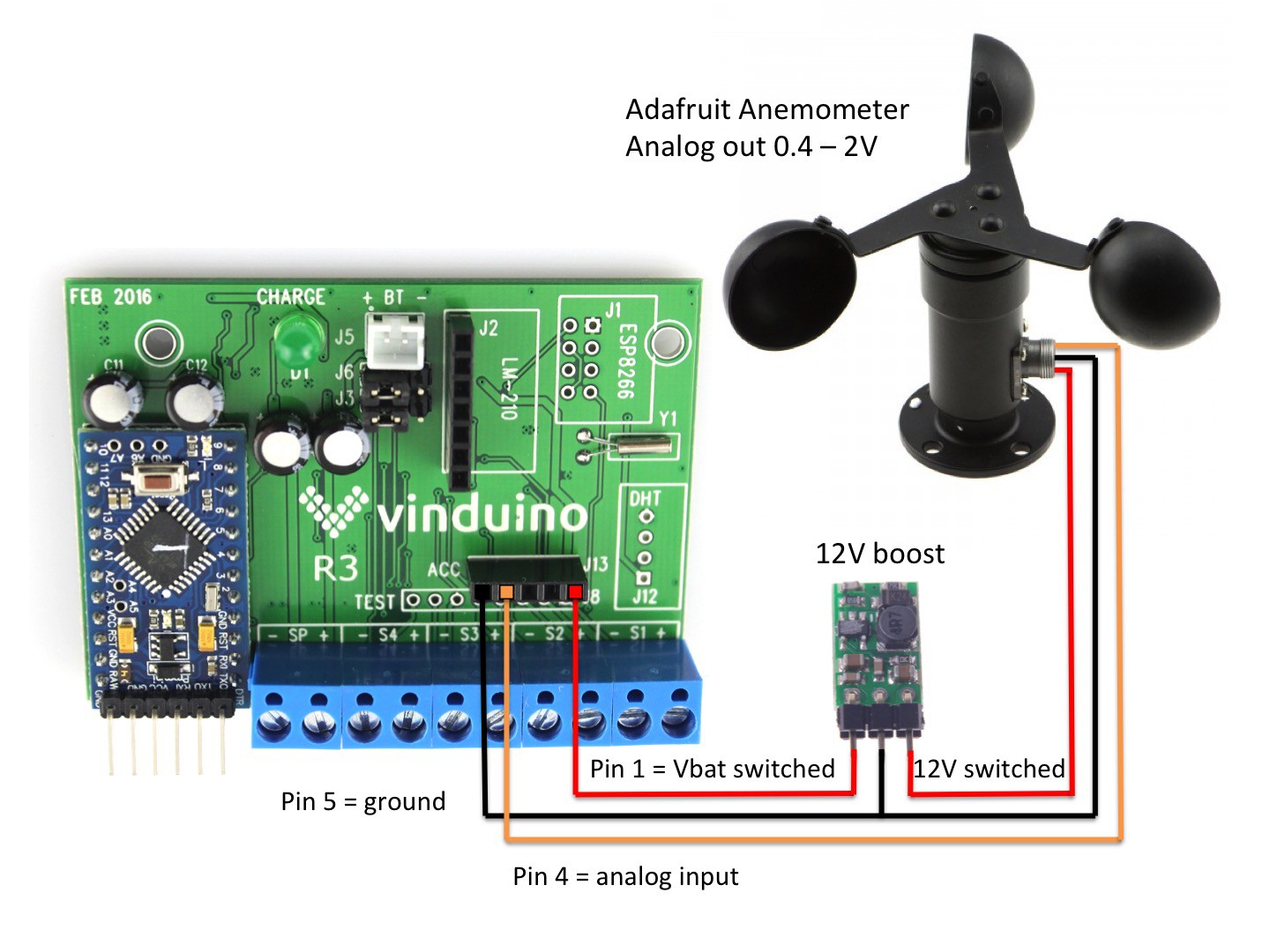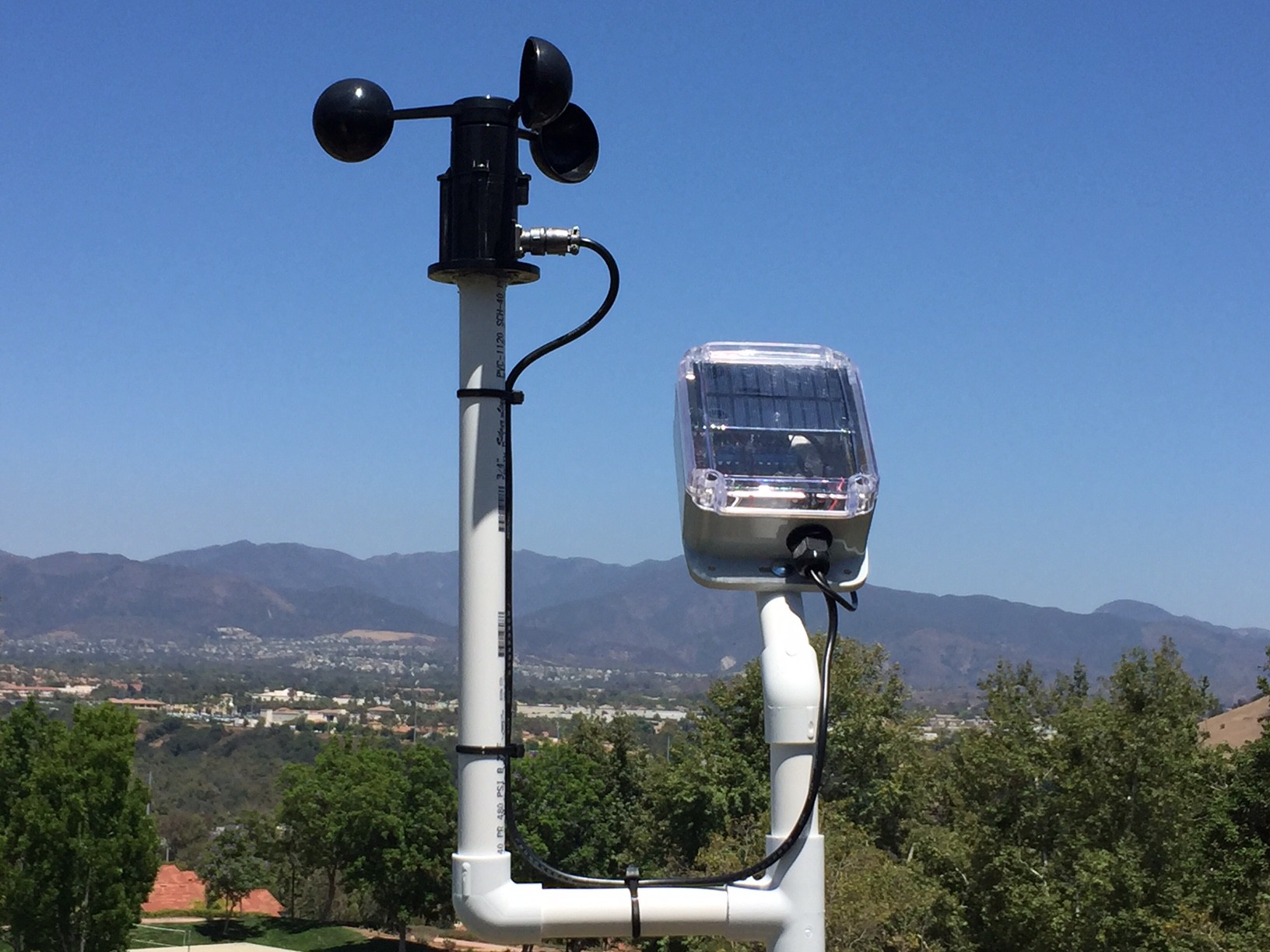For farmers who have remote fields, it's critical to know the wind speed conditions before setting up the equipment and riding out to spray. Too much wind , and you cannot accurately deliver the "goodness". Basically wasting time and materials and risk contamination of the surrounding properties.
Luckily adding a wind speed sensor ( anemometer) to the Vinduino sensor station is an easy task. We used an Adafruit active anemometer with an analog output or 0.4 - 2 V. There are also passive anemometers with an intermittent contact interface. I prefer the active model as an analog read can be done very fast, and that helps to save battery power. The anemometer requires 12V or higher to operate, and the Vinduino station works with a single 3.8V Li ion battery.
So we added an external DC/DC boost converter module. For this example, we used a low cost SMAKN 5V to 12V module, available at Amazon.

To save battery power, the Vinduino system is kept in sleep mode until the RTC wakes it up. The Arduino then runs through the sensor measurements and sends the data via a LoRa radio modem to the Internet. We do not need to keep sensors powered on during the sleep period.
The Vinduino board has a load switch chip that can switch battery power to the accessory connector J13. The load switch is controlled using Arduino digital pin 13 (ACC_EN).
See Github for the full Vinduino schematic diagram. Below shows the simple wiring diagram for connecting the boost converter and anemometer.
The anemometer electronics take about one second to start up and stabilize after power is switched on.
Windspeed calibration is taken from Adafruit data that 0 m/sec = 0.4V out ,and 32.4 m/sec at 2V. Because there is a small temperature drift, the wind speed < 0.2 m/sec s reported as 0.

Here are some initial results. So far, we only had moderate wind speeds during testing.

 Reinier van der Lee
Reinier van der Lee
Discussions
Become a Hackaday.io Member
Create an account to leave a comment. Already have an account? Log In.